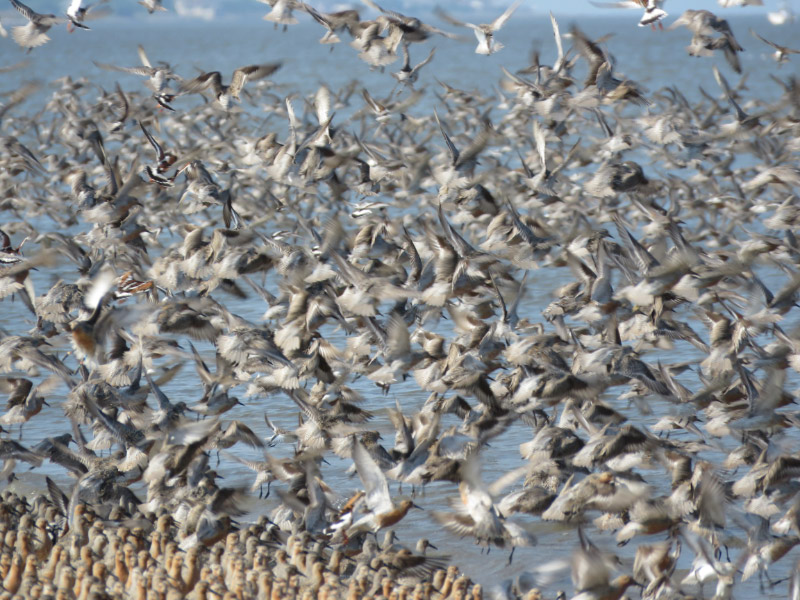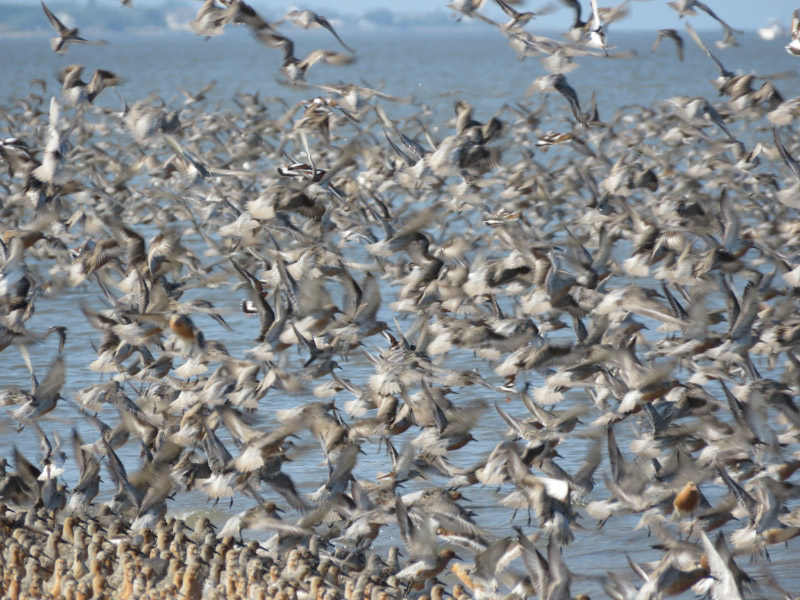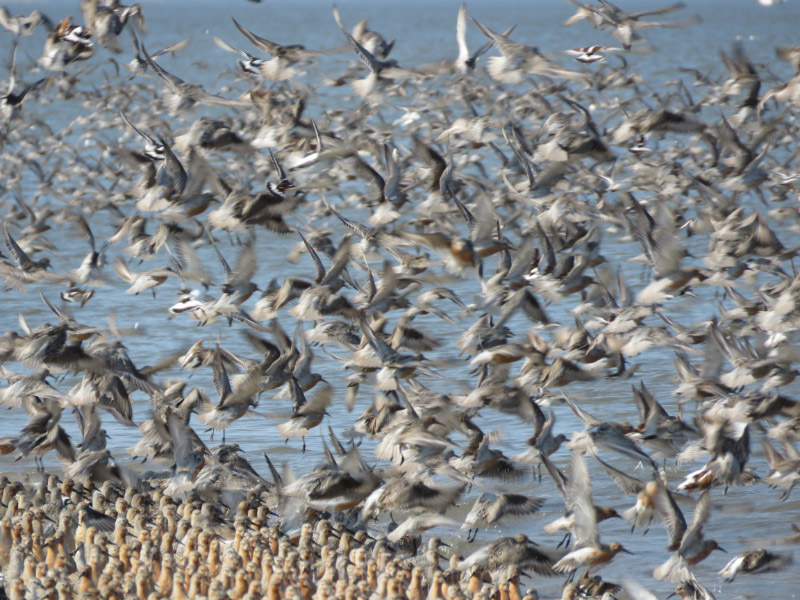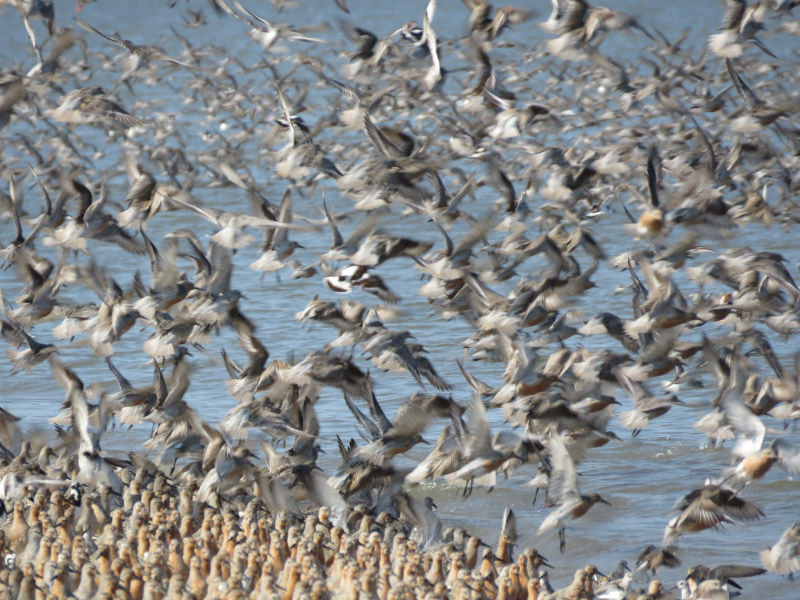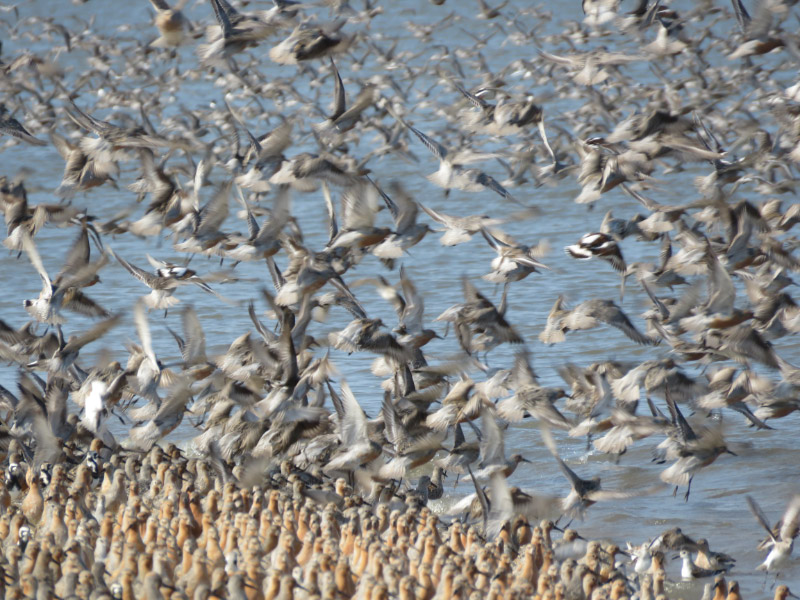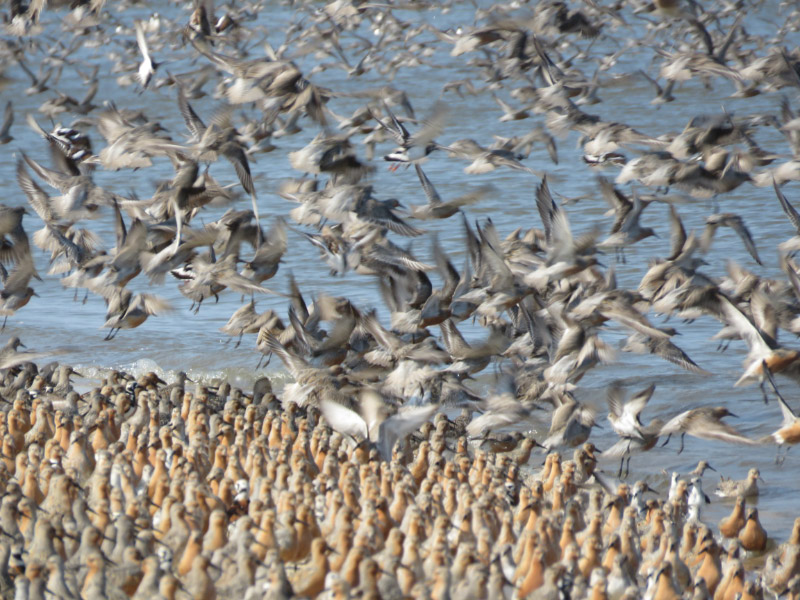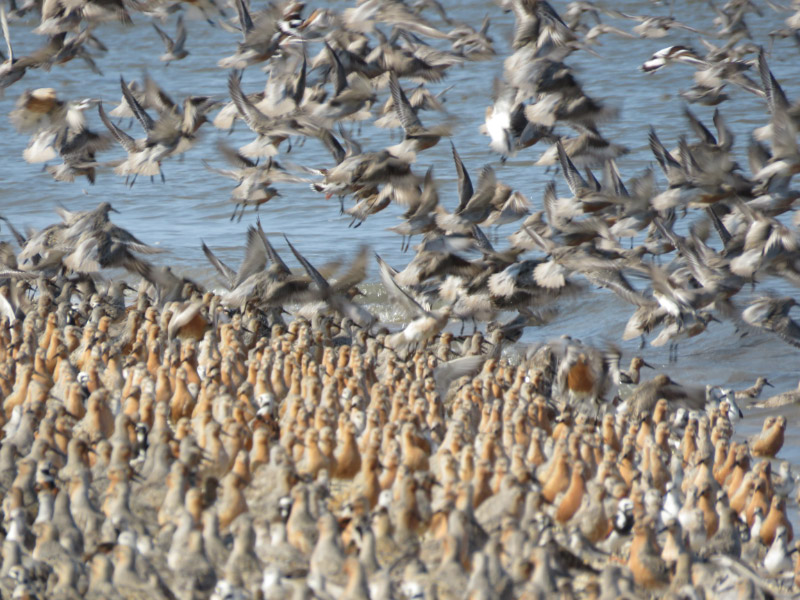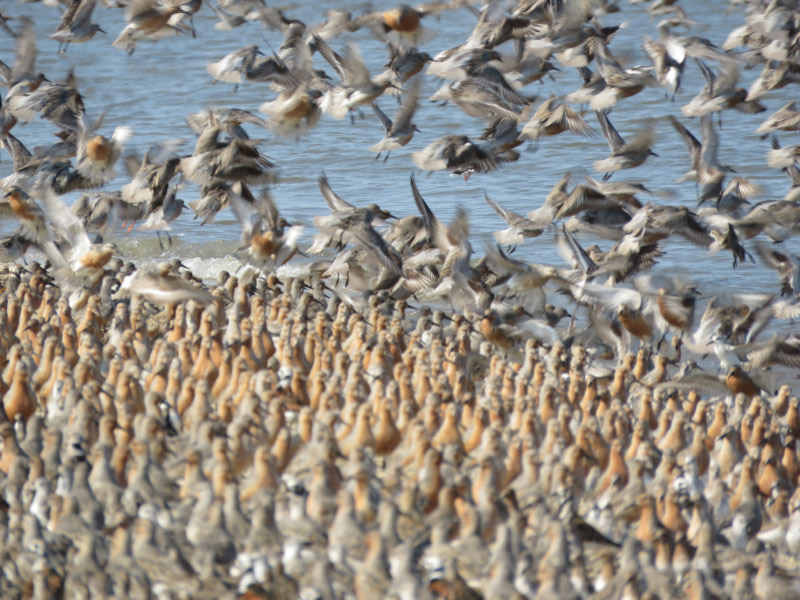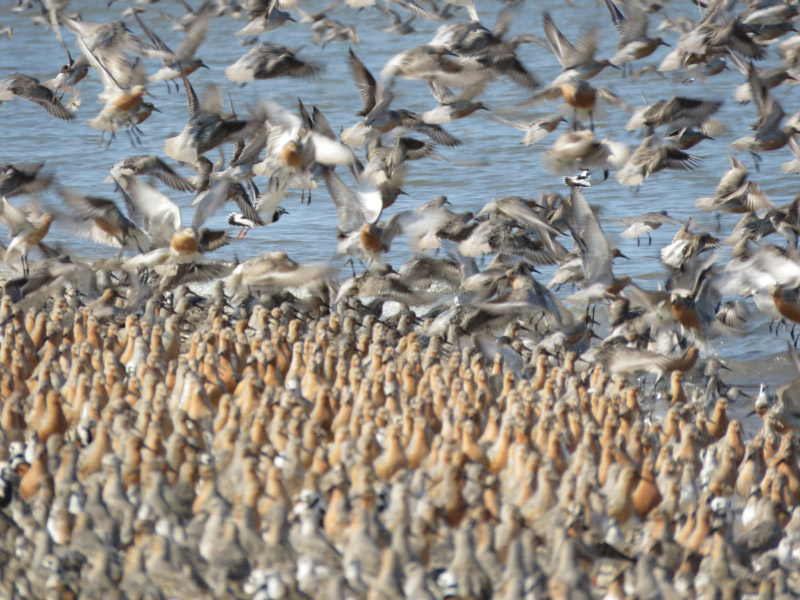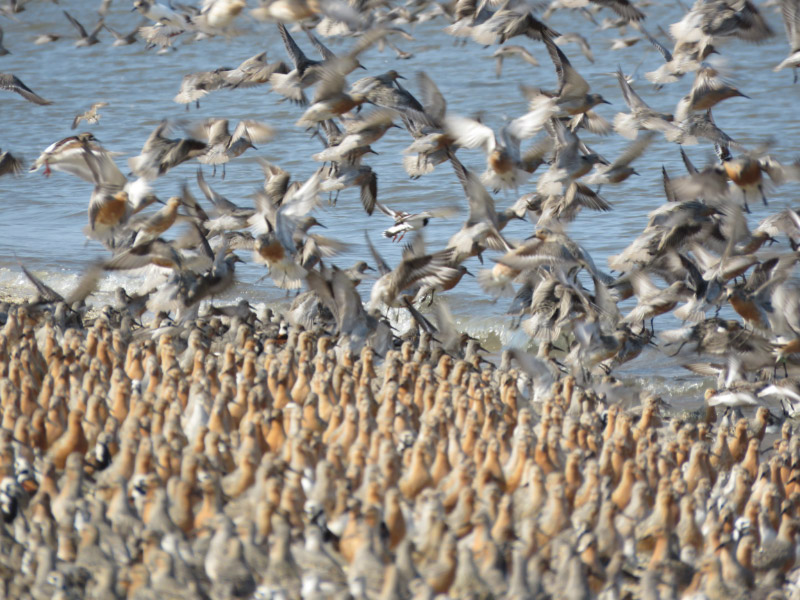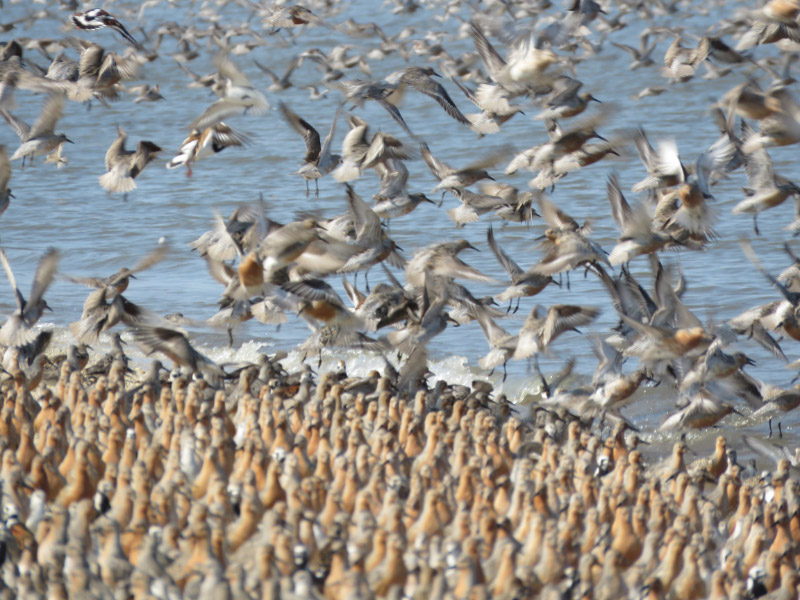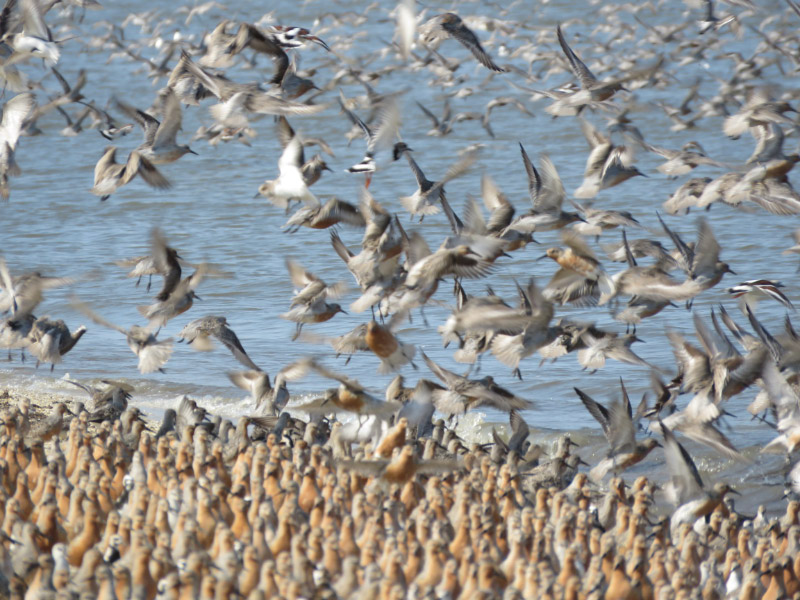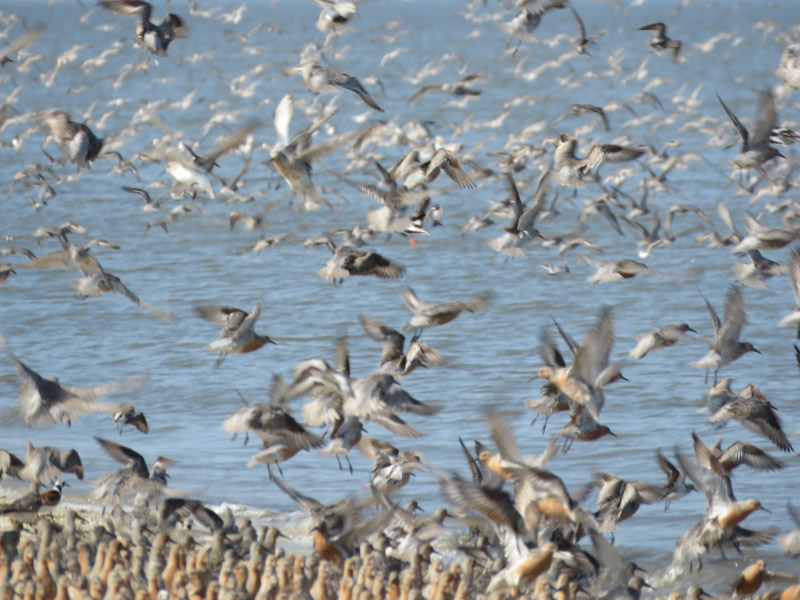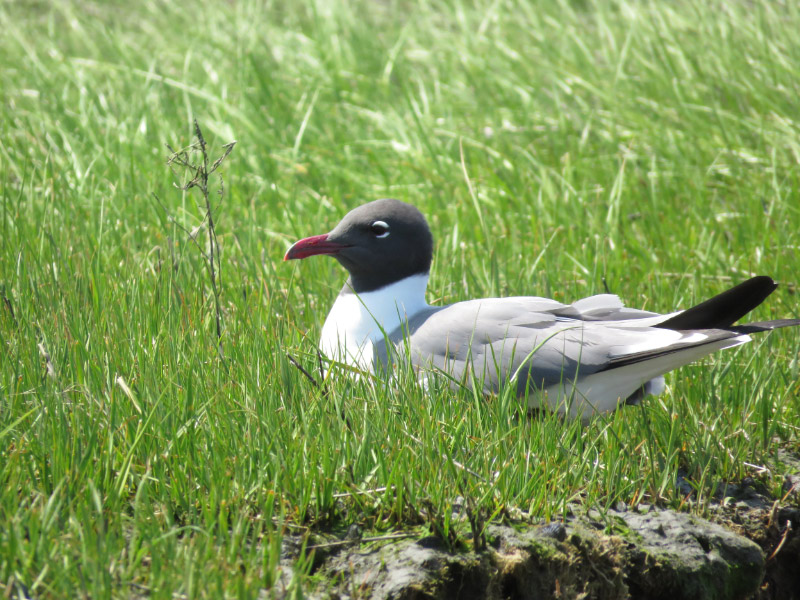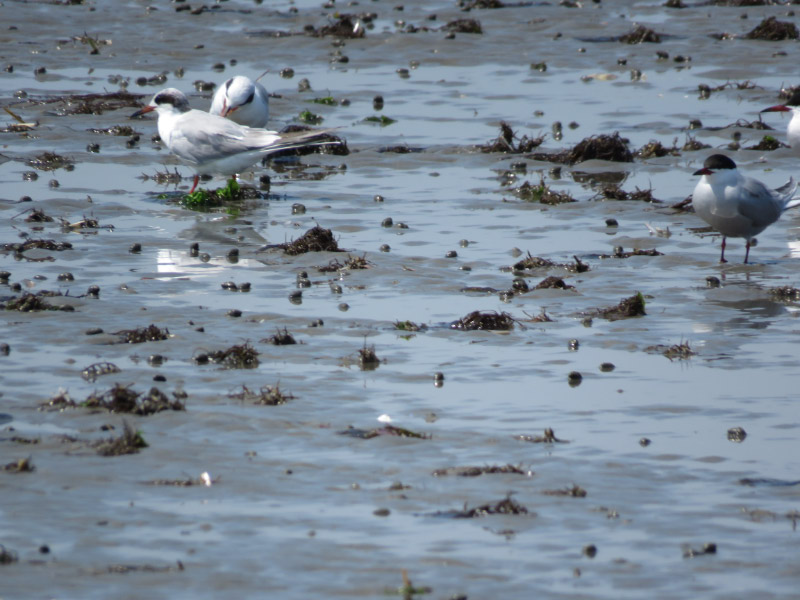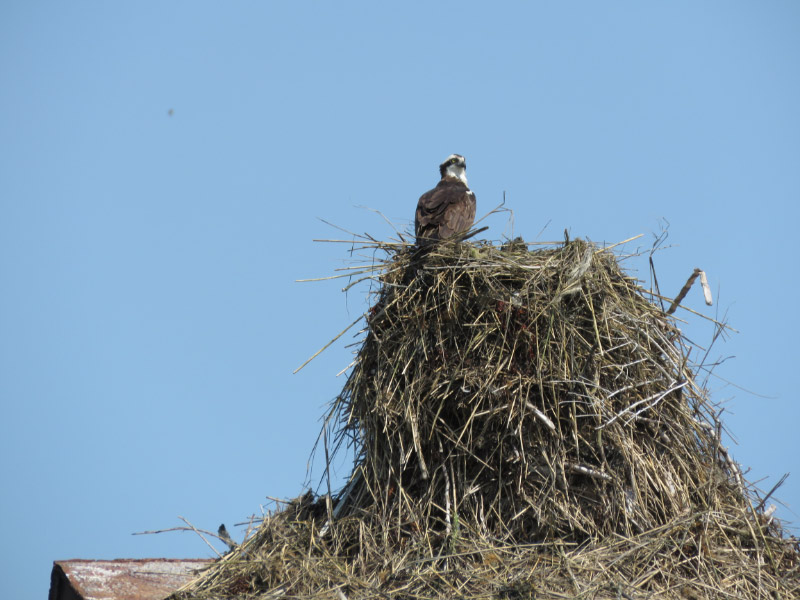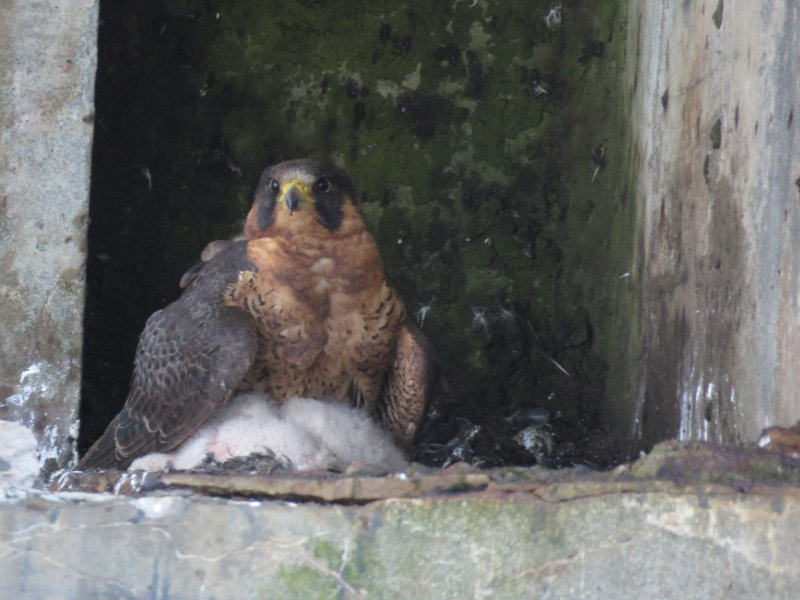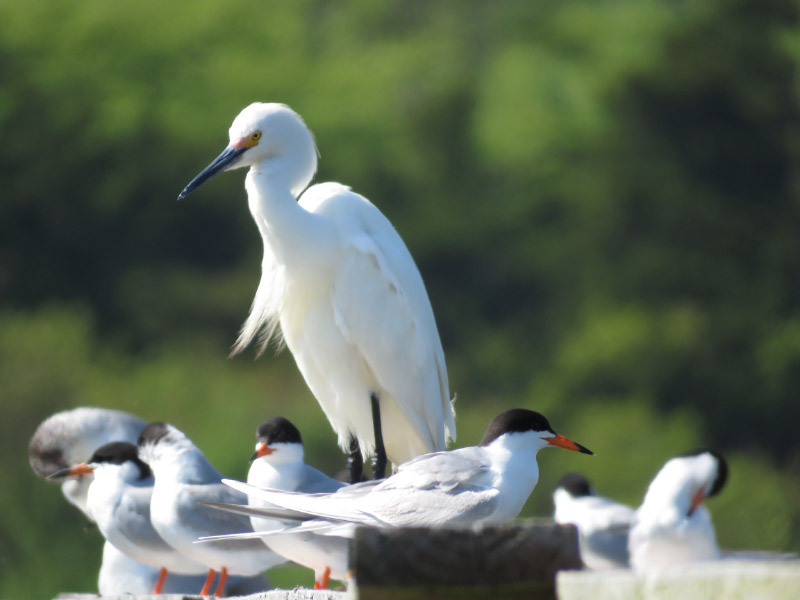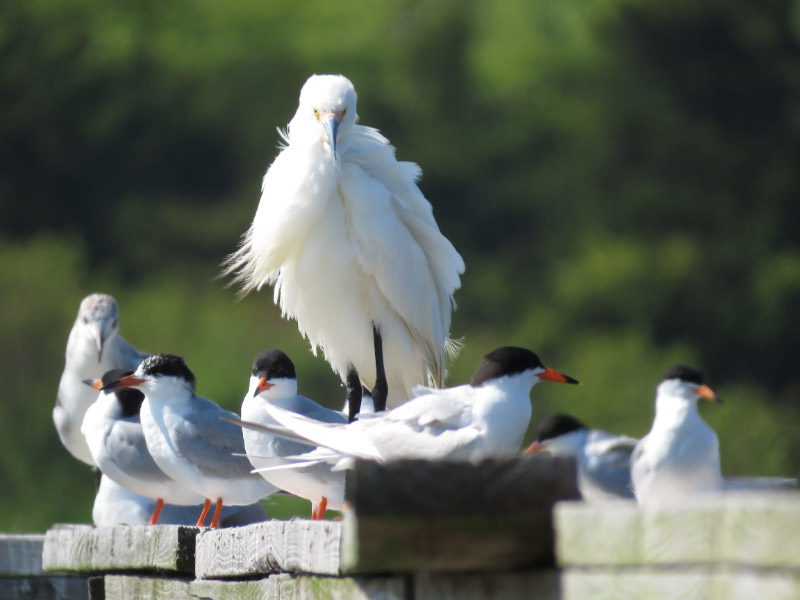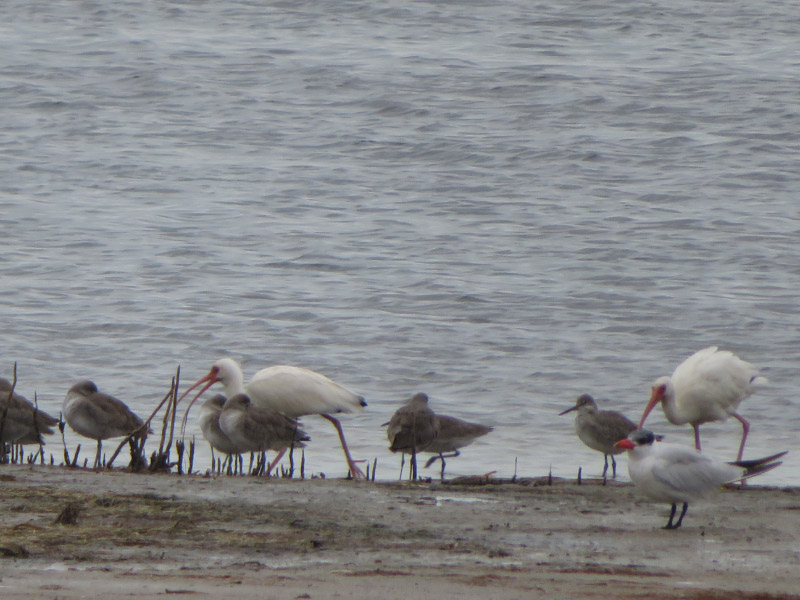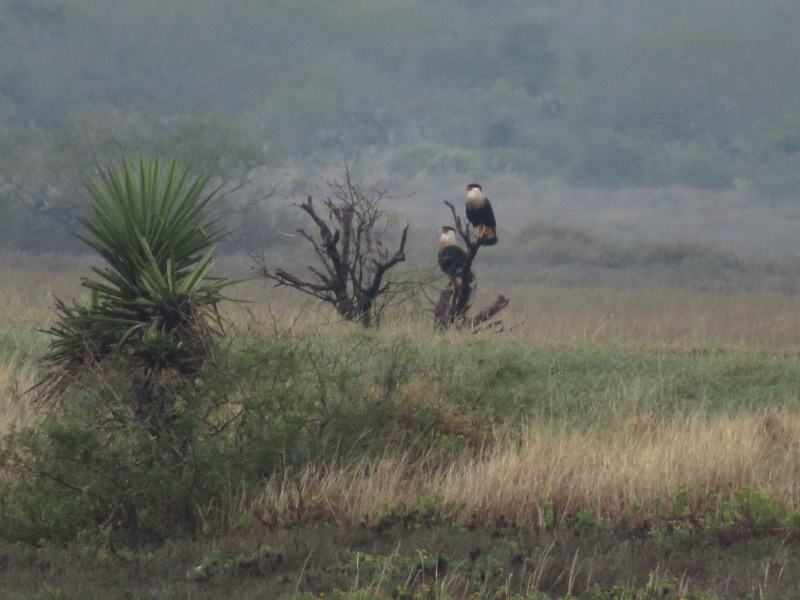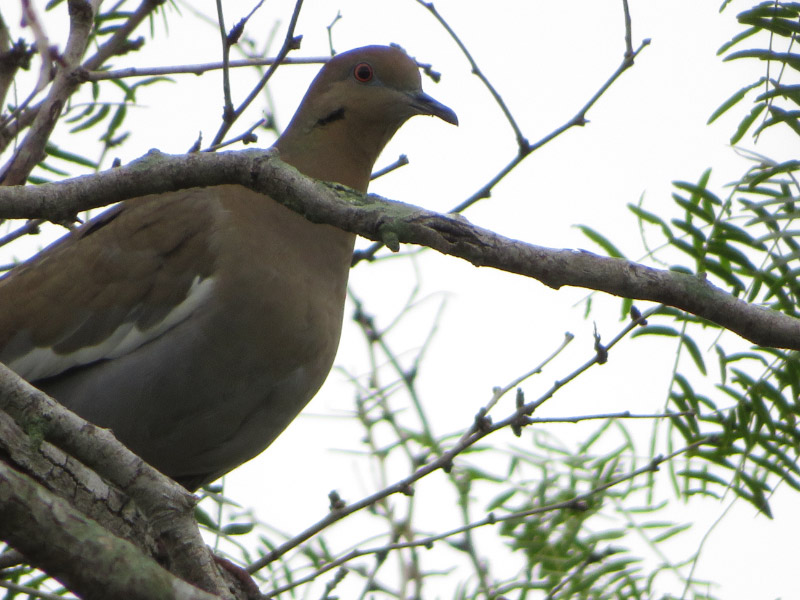Cook’s Beach Birds
/The highest density of birds we saw at one place during the Cape May Spring (birding) Festival was at Cook’s Beach. They are drawn to the beach by the horseshoe crab eggs – rich food to fatten them up before they continue north on their migration. I took lots of pictures and was challenged to select the ones I would include in this post. I took a sequence when something startled the birds and they took off – swirled around and landed again. The beach seemed very full even when there were a lot of birds in the air.
In some places the gulls seemed to dominate and there were a lot of horseshoe crabs still around. The Laughing Gulls (black head) and larger Herring Gulls are easy to distinguish.
Sometimes it was a large group of just Laughing Gulls.
I got my best picture of a cormorant of the festival at the beach. The birds were on the pilings – not the beach – and seemed to be observing the ruckus on the beach. The out-of- focus birds in the foreground are Ruddy Turnstones. The gull is probably a second year Herring Gull.
This picture includes Forster’s Terns (the black and white birds) and Ruddy Turnstones on the pilings – preening. The Ruddy Turnstones look rounded…probably are already fattening up.
There is a back of Ruddy Turnstone on the beach in this picture….and the bird facing the camera is a Red Knot. Both birds are a little larger than the other shorebirds.
The crowd of birds in the picture below are all Red Knots. The birds with reddish color are in breeding plumage. The others are non-breeding. Note that two seem to be making eye contact.
I liked this lineup of Herring Gulls, with the mature bird in front and sitting…the immatures standing behind.
How many birds can you recognize in the picture below:
The easy ones are laughing gull, red knot, and ruddy turnstone. There are some smaller shorebirds in the mix as well.
I couldn’t resist one botanical picture as we headed back to the car – a rose growing where vegetation meets the beach.

